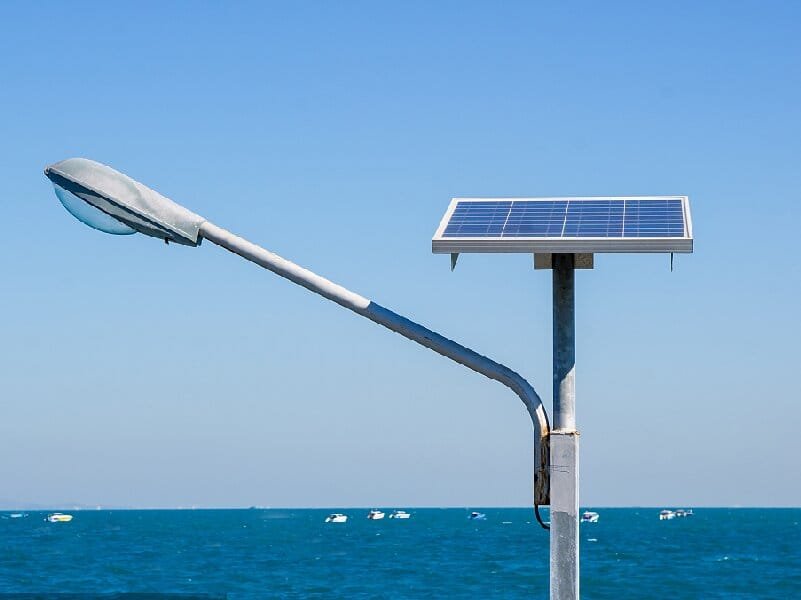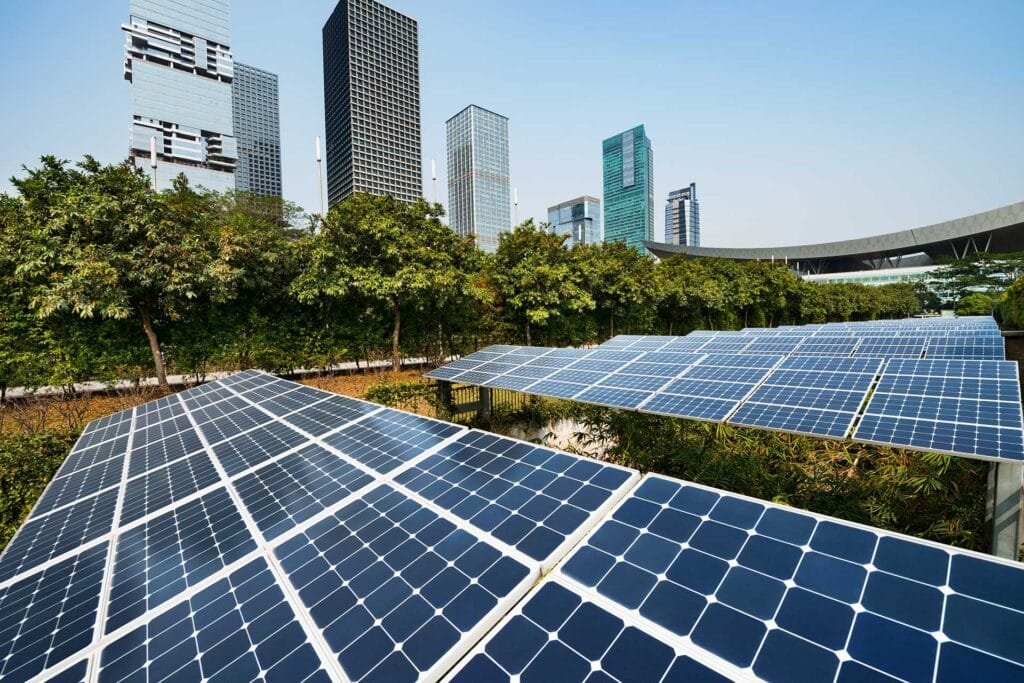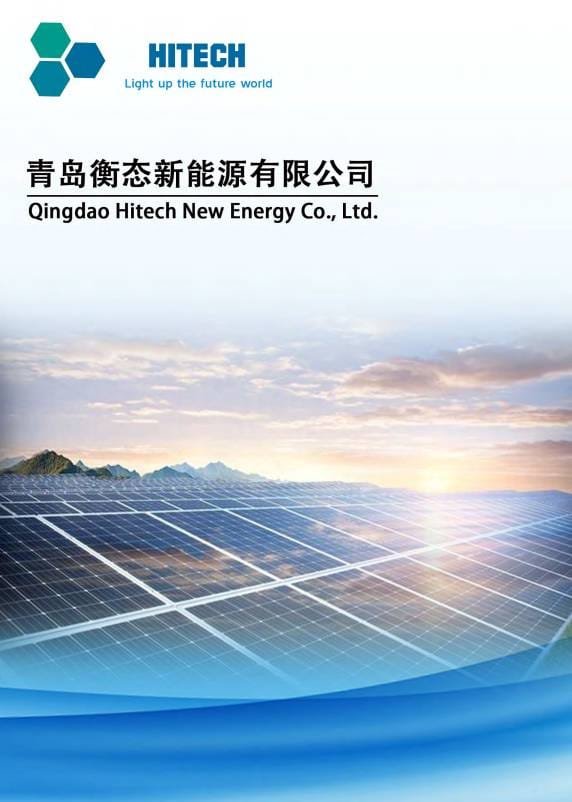Are you frustrated by poor solar panel performance on cloudy days or in shaded areas? Low light conditions can leave your solar system underperforming, resulting in reduced energy output and unreliable power supply. Choosing the wrong solar panel can make these problems even worse, leading to wasted investment and unmet energy needs.
As a professional in the solar industry, I’ve helped countless customers overcome this challenge. Monocrystalline solar panels are the best choice for low light conditions because of their superior efficiency and ability to generate power even in diffuse or indirect sunlight. Let’s explore why they work so well and how to maximize their potential.
Why Low Light is a Challenge for Solar Panels
Low light conditions, whether caused by cloudy weather, shade, or early mornings and evenings, pose significant hurdles for most solar panels. These factors reduce the amount of sunlight reaching the cells, which directly impacts energy production.
The Pain Points:
- Reduced Energy Output: Traditional panels lose efficiency under overcast skies or in shaded areas.
- Unreliable Power Supply: Homes or devices relying on solar energy may experience power shortages during these times.
- Wasted Investment: Low-quality panels fail to perform, leading to frustration and higher costs.

The Best Solution: Monocrystalline Solar Panels
Monocrystalline solar panels excel in low-light conditions due to their advanced technology and high-quality materials.
Here’s why they are the top choice:
1. High Efficiency
- Monocrystalline panels have an efficiency rate of 18–22%, significantly higher than other types.
- This allows them to generate more power even with limited sunlight.
2. Superior Material Quality
- Made from a single silicon crystal, they have fewer impurities.
- This improves light absorption and energy conversion, especially in overcast or shaded conditions.
3. Better Response to Diffuse Light
- Unlike polycrystalline or thin-film panels, monocrystalline cells are highly effective at capturing indirect sunlight.
4. Long-Term Reliability
- Their durability ensures consistent performance over decades, making them a smart investment for low-light areas.

How Do Other Solar Panel Types Compare?
| Panel Type | Low-Light Performance | Best Use Cases |
|---|---|---|
| Monocrystalline | Excellent: Highly efficient in low-light conditions. | Shaded areas, urban rooftops, cloudy regions. |
| Polycrystalline | Moderate: Less efficient than monocrystalline but decent for average light. | Cost-sensitive projects with moderate sunlight. |
| Thin-Film | Poor: Performs well in high heat but struggles in low light. | Portable systems or temporary setups. |
How to Maximize Solar Panel Performance in Low Light
Even with the best panels, there are additional steps you can take to optimize performance:
- Position Panels Correctly:
- Ensure the panels are angled to capture the most sunlight, even in indirect conditions.
- Ensure the panels are angled to capture the most sunlight, even in indirect conditions.
- Regular Maintenance:
- Keep panels clean and free from dust or debris to avoid blocking valuable sunlight.
- Keep panels clean and free from dust or debris to avoid blocking valuable sunlight.
- Use High-Quality Inverters:
- A good inverter can optimize energy conversion, making the most of available light.
- A good inverter can optimize energy conversion, making the most of available light.
- Minimize Shading:
- Place panels in areas with the least obstruction from trees, buildings, or other objects.
- Place panels in areas with the least obstruction from trees, buildings, or other objects.
- Consider Battery Storage:
- Pair your system with a battery to store energy for use during particularly low-light periods.
- Pair your system with a battery to store energy for use during particularly low-light periods.
Why Monocrystalline Panels Are Worth It
Are they more expensive? Yes, but they’re worth it. Investing in monocrystalline solar panels ensures reliable performance, even in the most challenging conditions. Their ability to deliver high energy output in low light makes them a cost-effective choice in the long run, saving you from frustrations caused by poor-quality alternatives.

Conclusion: Make the Right Choice for Low Light Conditions
Don’t let low light conditions limit your solar energy potential. Monocrystalline solar panels are your best bet for consistent, reliable energy production, even on cloudy days or in shaded areas. Their superior efficiency and durability make them a smart investment for homes, businesses, and off-grid systems.
Ready to power through the clouds? Consult with a trusted solar manufacturer to find the perfect monocrystalline solar panels for your needs.


